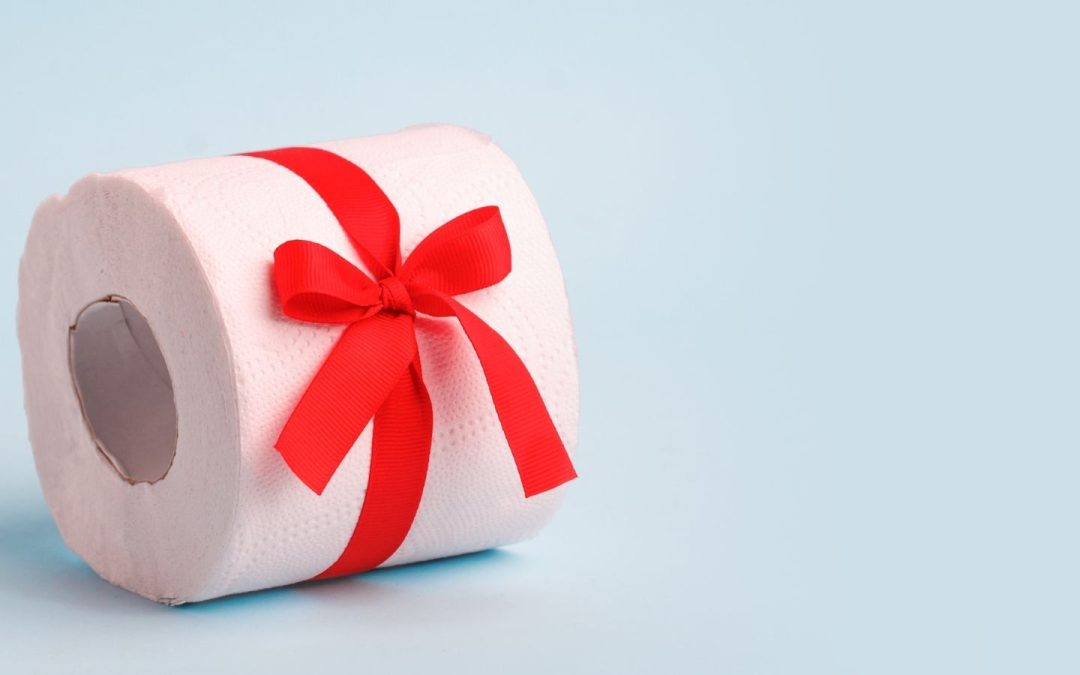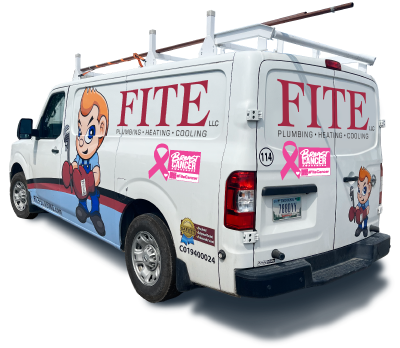In an old Sienfeld episode, George Costanza discusses that toilet paper is “just paper on a cardboard roll and in 10,000 years it will still be exactly the same, because really, what else can they do?”
Well, over the past 5 years a host of start-up companies, and even the traditional companies that have been around for years, are trying new things to change it up. Toilet paper is sold with a millennial focus using sustainable material and, believe it or not, providing direct to consumer subscription-based web purchasing.
The Push for Toilet Paper Change
This push for change stemmed from a report made by the Natural Resources Defense Council that tested several of the major toilet paper brands and issued them sustainability scorecards. Major brands such as Charmin, Kirkland Signature, and Quilted Northern all earned an F.
The big toilet paper companies — Procter & Gamble (Charmin), Kimberly Clark (Cottonelle, Scott), and Georgia-Pacific (Quilted Northern, Angel Soft) — use primarily, sometimes exclusively, freshly cut trees. Some of those come from the boreal forests of Canada, which are exceedingly old trees that, when cut, leave the forest bare and unable to recover, a major problem for the ecosystem there. The best, softest product comes from softwood trees like pine and spruce, which there is plenty of in Canada. It takes a tremendous amount of water and energy to process trees into bathroom paper, along with a startling amount of chemicals to increase strength, softness, and color.
Another Choice?
Environmental conscious consumers are looking for a better answer. In fact, many have gone on to add that toilet paper is not the best tool for cleaning to begin with. We use water and wet cloths to clean anything else, why do we use dry paper to clean ourselves? Many parts of the world forgo the product altogether and use a water solution such as a bidet instead. However, the U.S. is still the largest consumer in the world.
New toilet paper companies offer alternatives. Some offer donations of up to half of their profits to organizations around the world that can make an environmental impact. Others make their paper from 100% recycled paper or even bamboo paper or paper from sugarcane. These new companies often give up plastic all together offer paper wrapping for their paper. Some companies were even begun by selling bidets as an alternative. Other companies offer wipes.
Plumbing and Toilet Paper
In addition to the environmental issues with toilet paper, there are also plumbing issues. We have all had the inconvenience of dealing with a clogged toilet. We either have to dig out the plunger to fix it ourselves or we have to call in a plumber. Nothing can set you into fight or flight mode like a blob of poo slowly lifting higher and higher toward the rim of the toilet bowl! If this happens to you, give Fite Plumbing a call for emergency help!
There are many reasons why a toilet clogs but the type of toilet paper you use is definitely one of the biggest reasons. All toilet paper will eventually dissolve. However, not all paper is the same. Some will dissolve faster than others. The slower it dissolves, the more chance there is for it to build up in the pipes or to clog. With an older or less efficient toilet, pipes, or septic tank, or with a child who is fascinated with watching paper go down the toilet, it is even more of a challenge. The type of toilet paper you use makes a difference.
The Scoop on Toilet Paper
Believe it or not, toilet papers have been tested. Jason Ingolfsand from Family Handyman and Karen Bertelsen from The Art of Doing Stuff tested brands of toilet paper. The test examined only how fast the papers would disintegrate, and did not consider cost, quality, environmental factors, or comfort. It was tested in water for fifteen minutes and stirred.
Toilet paper comes in 1-ply, 2-ply, and 3-ply. The 2-ply and 3-ply papers do not break down as well as the 1-ply paper. 1-ply paper broke down faster even when three times more of it was used at the same time. Unfortunately, 1-ply paper is not a popular choice because it can cause chaffing and can rip while in use.
Another key factor is recycling. The recycled paper by far dissolved best. These are made up of short fibers that will easily break apart into tiny pieces. Recycled toilet paper is made up of post- consumer recycled content. It does include papers that include BPA in them, but the amount is minimal. Recycled paper still has pros that definitely outweigh the cons.
Fun Facts
Want some fun facts about toilet paper? Share these facts at your next dinner party. Chinese were the first people recorded to use toilet paper in the 6th century. Before it was available to the general public, people would use whatever they could find to clean themselves: leaves, rocks, hay, rags, and even wood shavings. Americans would even nail a hole into the Farmer’s Almanac and hang it up to use as toilet paper.
The bottom line, the key to keeping your pipes clear is not the brand or amount of paper you use, but the kind of paper you use. Use the lowest ply paper you are comfortable with and definitely use recycled paper. No matter what kind of toilet or what kind of paper you use, the team at Fite Plumbing is here to help with all your toilet plumbing problems. Day or night, our crew is here to make your plumbing right!
If you have other questions about the plumbing features in your home, check out our article on
Toilet Maintenance or visit our Services page for other details on our common projects. For a fast response, call Fite Plumbing at (317) 271-5400 to get your toilet problems fixed in good time.
Are you on Facebook? We are, too. Let’s be friends!


